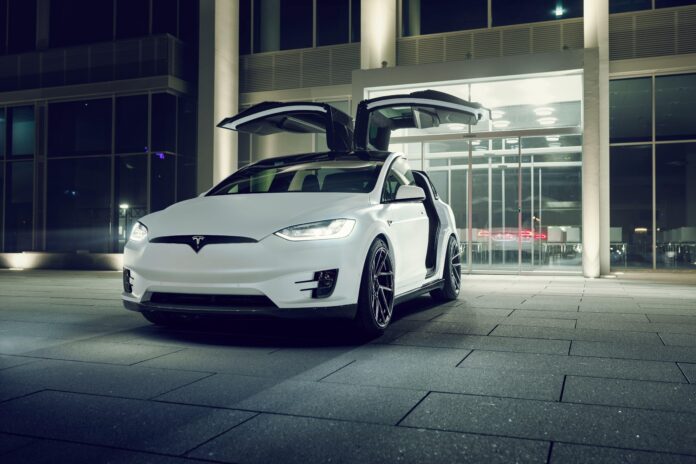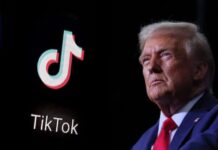Tesla has once again shaken up the electric vehicle (EV) market, this time with a significant price increase for its luxury SUV, the Model X. The automaker raised the price by $5,000, bringing the new cost to $84,990 for the Long-Range version and $99,990 for the Plaid version. While this move has sparked discussion among Tesla enthusiasts and potential buyers, what’s even more surprising is the return of an incentive that CEO Elon Musk once deemed unsustainable: free Supercharging for life.
Teslas’ Price Hike Comes with Consequences
The price hike above the $80,000 benchmark that qualifies it for the US Federal EV tax credit of $7,500 makes the Model X no longer eligible for such a rebate for buyers. Hence, the product might not attract as many potential buyers as competing electric SUVs that are eligible for the same rebate.
Tesla’s policy has always been liquid, tracking demand variances, production costs, and broader market conditions. Raising the price of the Model X when there is just recent competition in the space of electric vehicles raises a question about Tesla’s longer-term vision.
Despite the price surge, Tesla brings back free lifetime Supercharging to all its owners, a practice Musk once ruled out as unviable as a business plan. In 2020, Musk said:
“Only us being fools, but free Supercharging forever is coming back to any vehicles. It’s not a good incentive structure.”
This statement made clear that the company saw unlimited free charging as an expense. The company, however, brought it back for a limited time last year at the end of 2023 in an effort to spur sales. The company now extended the offer once again, this time for customers of Model X and Model S across the United States, Canada, Puerto Rico, Europe, and the Middle East.
Also read: Best Black-Owned Restaurants in Toronto | Top African & Caribbean Eats
One notable difference is that the free Supercharging benefit is now tied to the buyer’s Tesla account rather than the vehicle itself. In other words, if an owner sells his or her car, the new buyer will not get the free charging perk. Rather, it remains attached to the original buyer’s account, and no secondary market will benefit from the incentive.
Tesla has said that the incentive does not include commercial vehicles like taxis, ride-share services, and delivery fleets. But so far, enforcing this condition remains a challenge, as the company had imposed such conditions earlier, and it became quite hard to monitor.
Why is Tesla Reviving This Incentive?
The bringing back of free supercharging might have told everyone about issues that run much deeper within the company. Of course, Tesla remains unmatched in the EV sector, but the brand has been facing increased competition from not just legacy automakers but also newer startups offering alternatives, albeit with competitive pricing and innovative features.
- Speed Up Slowing Sales
Recent reports show that Tesla sales growth has begun to slow down in key markets. In Europe, for example, consumer sentiment toward Tesla has taken a beating due to reasons such as price fluctuations, software controversies, and regulatory challenges. A commenter on Electrek’s coverage of the Model X price hike succinctly put it:
“Based on everything in the news lately, I think they are going to have to start pulling rabbits out of hats in terms of incentive ideas.”
Tesla might use this incentive to reignite interest in the Model X and Model S, mainly among those customers who are discouraged by the hike in price.
- Offset the Loss of the EV Tax Credit
The Model X also loses a competitive edge by passing the $80,000 threshold for federal EV tax credits. Free supercharging could be brought back as an alternative incentive, which would reduce the sting of losing the $7,500 rebate.
- Differentiation from Competitors
With Lucid, Rivian, and Mercedes-Benz all revving up their EV efforts, Tesla needs something unique to hang onto its customers. Free supercharging, even if only good for the original owner, gives Tesla a talking point that the competition cannot easily counter.
Also read: Kanye West’s Controversial Tweets & Their Fallout in 2025
Possible Drawbacks of Teslas’ Price Hike
The offer of free Supercharging sounds like a strong incentive, but there are long-term concerns about its sustainability.
- Supercharger Network Load—With free charging, more people are likely to install and use Tesla’s chargers, causing overcrowding at those locations, hence frustrating both new and existing customers.
- Financial implications for a free supercharge: Free supercharging will mean Tesla would bear the cost of electricity for thousands of vehicle lifespans, which could eat into the bottom line.
- Customer Trust Issues— Continuous price and incentive changes may perplex and annoy customers, making it hard for buyers to time purchases well.
Final Thoughts:
Tesla Price Hike shows that company continues working on its strategies to achieve profitable yet incentive-offering customer support. Even if it boosts short-term sales, this policy certainly provokes skepticism regarding the firm’s long-term pricing policy and the durability of its advantages.
Is this a calculated step to retain dominance, or does it mean Tesla is fighting for the last customers amid stiffening competition? Only time will tell. What’s sure, though, is that Tesla will not be afraid to try out even things it did previously—such as reversing some decisions—if that is what keeps its vehicles looking appealing in the changing EV landscape.








